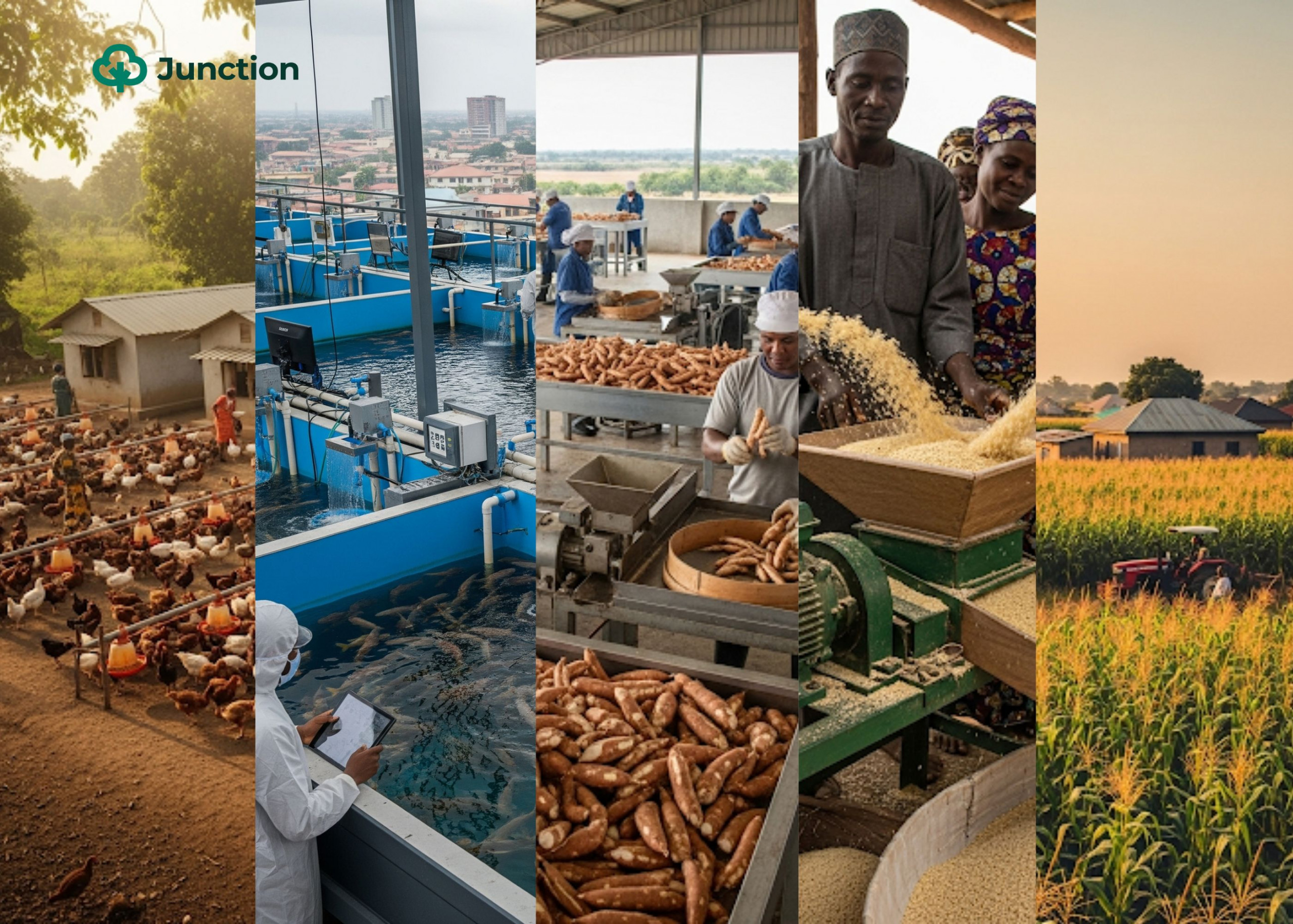Agriculture is the lifeblood of Africa’s economies, providing sustenance and livelihoods for a vast majority of its population.
While the continent’s fertile lands yield a diverse array of valuable crops, five stand out not merely for their significant annual turnovers but, more crucially, for their multifaceted impact on food security, livelihoods, and regional economies.
Therefore, ‘valuable’ as used in this context extends beyond export figures to encompass a crop’s role as a dietary staple, its support for local industries, and its contribution to the overall well-being of communities.
Top Five Most Valuable Crops In Africa (2025)
1. Cassava
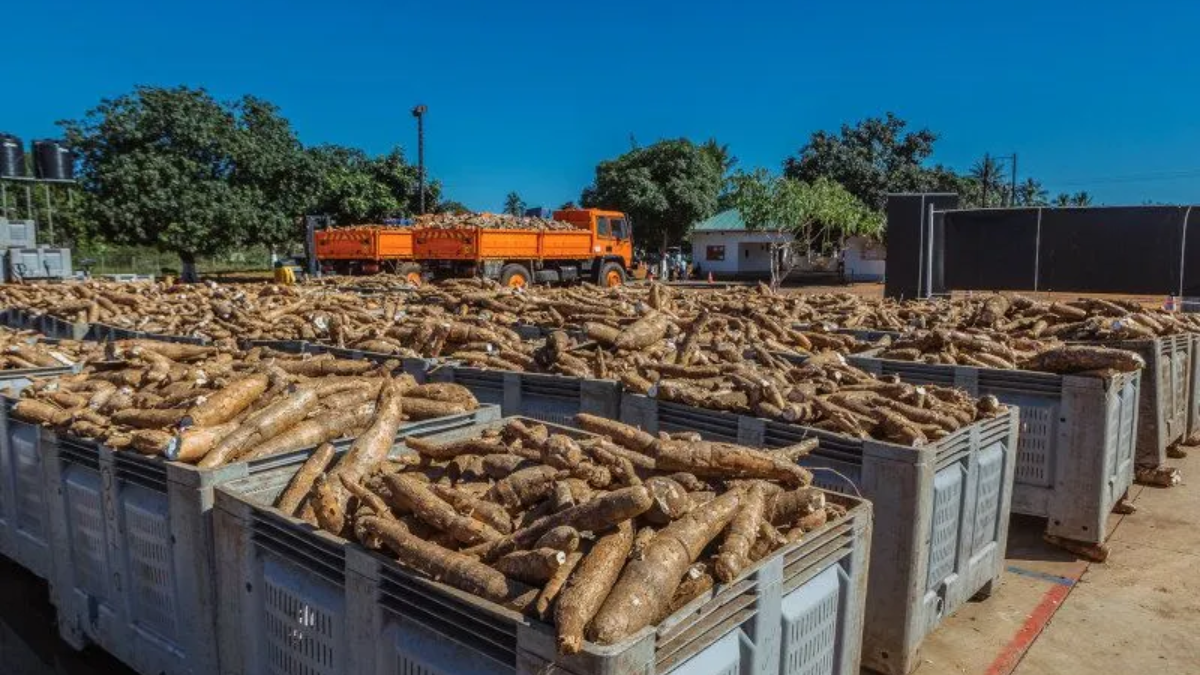
Claiming the top spot in this list is the ubiquitous Cassava. This crop holds unparalleled value as a primary staple food for hundreds of millions across Africa, ensuring food security at the household level. It directly supports the livelihoods of a vast number of smallholder farmers.
Beyond subsistence farming for direct consumption, Cassava fuels local industries producing essential food products like Garri, Fufu, and other by-products like starch, ethanol, flour and animal feed.
West Africa is the dominant producing region, accounting for over 50% of the continent’s output. The top regions of production are Nigeria, the Democratic Republic of Congo, Ghana, Angola, and Mozambique.
For example, Nigeria and Ghana, two of the most dominant cassava producers in Africa, produce 60 million metric tonnes (MT) and 25 million MT, respectively, per annum.
Effectively, this accounts for about 45% and 22% respectively of the agricultural gross domestic product (GDP) of both countries, employing more than 70% of farmers in those regions.
Annual cassava turnover in Africa
While precise continent-wide sales figures are challenging to aggregate, the global cassava processing market reached nearly 277 million tonnes in 2022, with Africa contributing the lion’s share of raw material. It is projected to reach $23.5 billion by 2030.
Nigeria, the largest producer, earned $1.15 million from cassava exports in 2023, which is a far cry from what it earned in 2013 at $136 million. Cassava’s true value lies in its widespread domestic consumption and processing.
2. Coffee
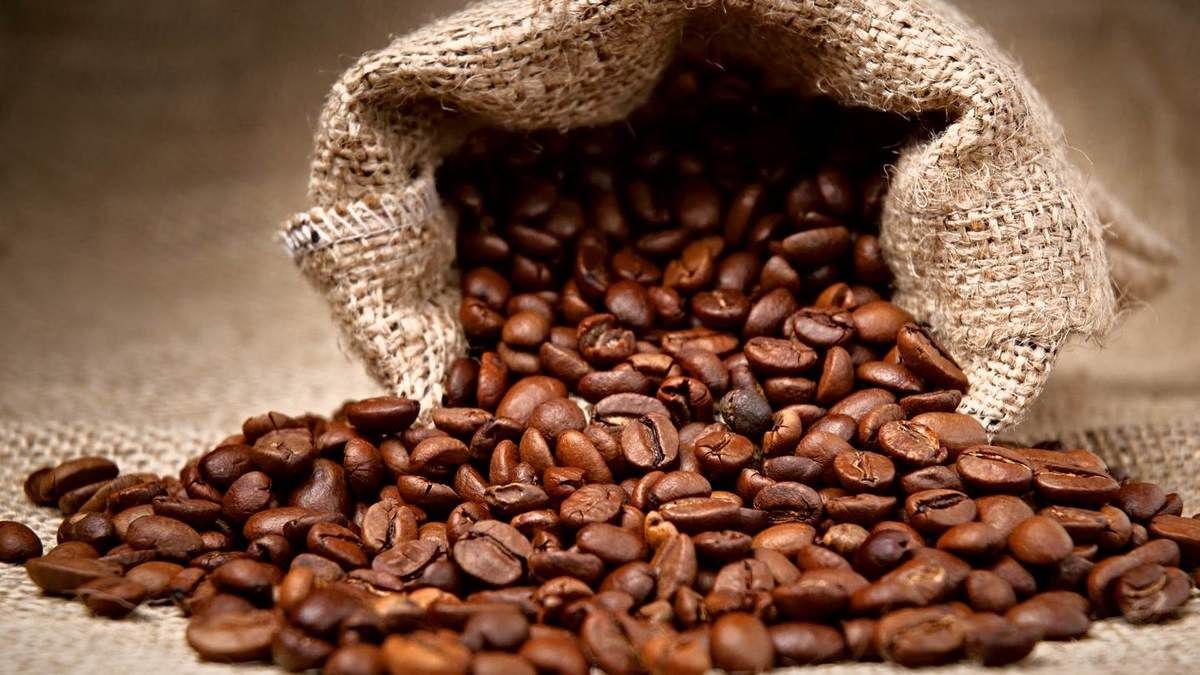
Coffee is a significant source of foreign exchange for many African nations, ranking as the second-largest revenue source after crude oil for some.
It supports millions of smallholder farmers and their families, particularly in the highlands where Arabica beans thrive. In Ethiopia, over 15 million people depend on coffee farming for their livelihoods.
East Africa is a major hub of Coffee production in Africa, with Ethiopia being the birthplace and largest producer on the continent. Regions of production include: Ethiopia, Uganda, Côte d’Ivoire, Tanzania, and Kenya.
Kenya, for example, operates an auction system which ensures competitive prices for farmers. This demonstrates its crucial role in national export earnings.
Annual coffee turnover in Africa
Africa’s coffee exports were valued at over $3.6 billion in 2022, with Ethiopia leading at approximately $1.5 billion and Uganda following with nearly $813 million.
3. Cocoa
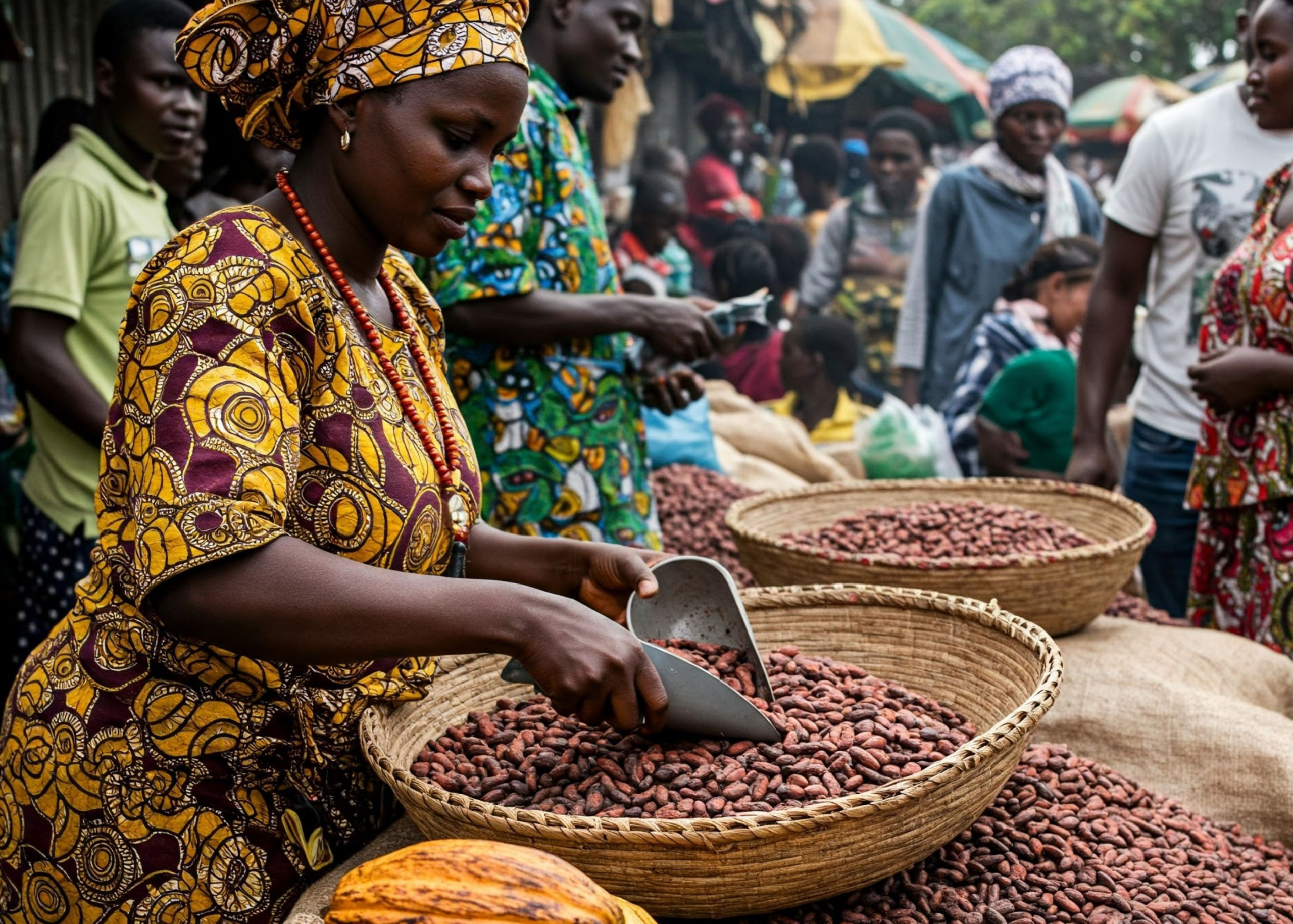
Cocoa farming sustains millions of smallholder farmers in West Africa and is a major contributor to national export earnings.
In countries where Cocoa is produced, it significantly contributes to the national economy and household agricultural income.
Although farmers often face income inequalities due to access to market, aggregators problem, the cocoa sector remains a crucial employer and a vital source of foreign revenue for African nations, highlighting its importance in international trade balances.
West Africa dominates global cocoa production, accounting for around 70%. The regions of production include: Côte d’Ivoire, Ghana, Nigeria, Cameroon.
Annual cocoa turnover in Africa
Côte d’Ivoire, the world’s leading producer and exporter, recorded cocoa and cocoa preparations exports worth over $5 billion in 2023. Europe, the largest importer of cocoa beans, imported 1.6 billion kilograms in 2023, primarily from West African nations.
4. Cotton
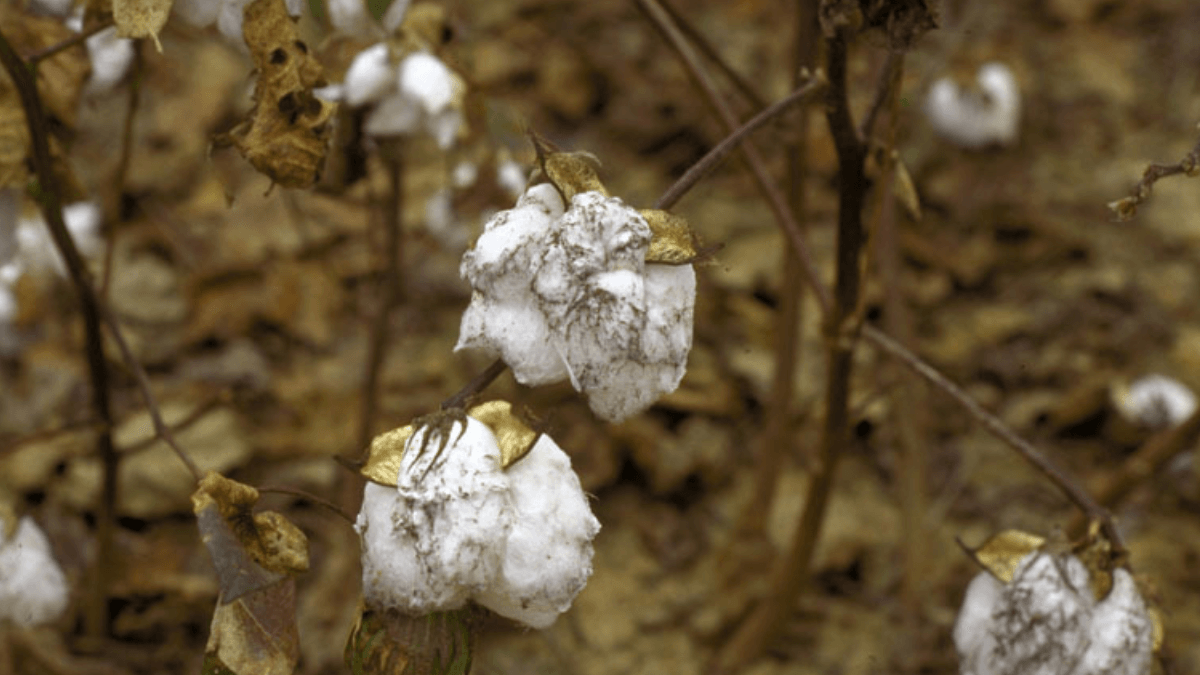
Cotton cultivation is primarily undertaken by smallholder farmers, providing income and supporting rural livelihoods. The industry extends beyond farming to textile manufacturing and cottonseed oil extraction, further contributing to economic development and regional trade networks.
West Africa has become a major cotton-producing region, overtaking Egypt in recent decades. Regions of production include: Burkina Faso, Mali, Benin, Côte d’Ivoire.
Annual cotton turnover in Africa
The African cotton market is projected to reach $6.36 billion in 2025 and grow to $8.08 billion by 2030. Benin, Mali, Burkina Faso, and Côte d’Ivoire account for about 50% of the region’s production, with major exports to Asia, indicating its growing significance in the global textile supply chain.
5. Maize (Corn)
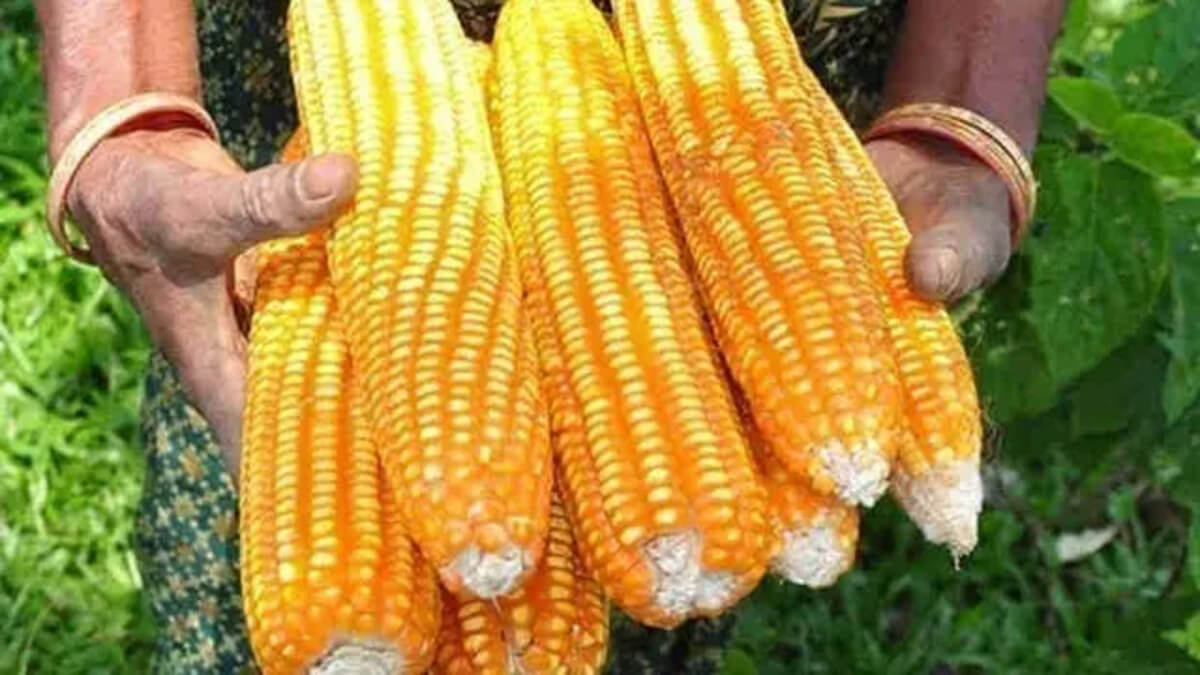
Maize is a staple food for over 300 million Africans and accounts for a significant portion of household expenditure in low-income households. It supports numerous farmers and is used in various industries, including animal feed and brewing. Efforts to improve yields through better farming practices and hybrid seeds are ongoing on the continent.
East and Southern Africa are key producing regions. Regions of production include: South Africa, Nigeria, Ethiopia, Egypt, Tanzania.
Annual maize(corn) turnover in Africa
In 2022, Africa produced approximately 92.8 million tonnes of maize. While comprehensive sales figures are not readily available, South Africa is a significant exporter, accounting for about two-thirds of the continent’s maize exports (15 million MT), followed by Nigeria (12.75 million MT).
In summary, the true measure of each crop’s value in the African context extends far beyond mere monetary figures. It encompasses its vital contribution to food security, the sustenance it provides for countless livelihoods, and its role in bolstering local and regional economies.



